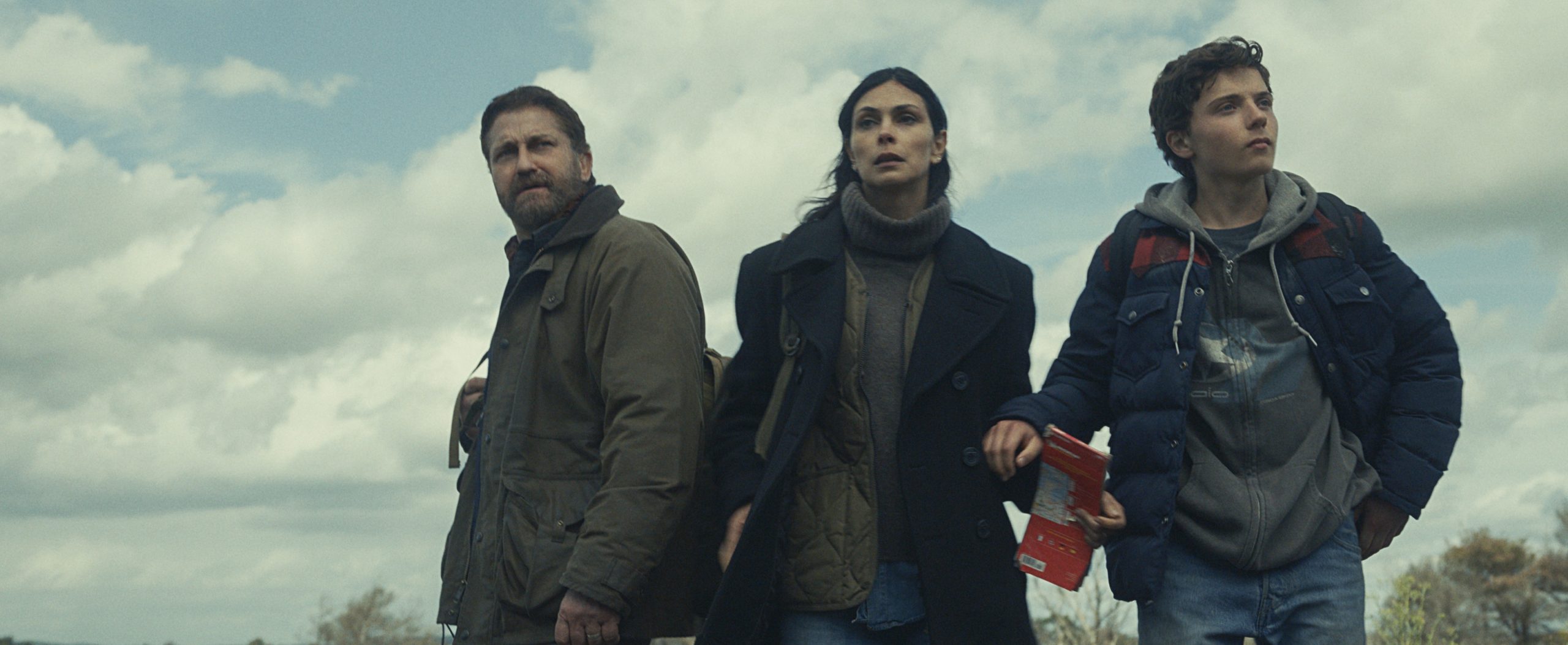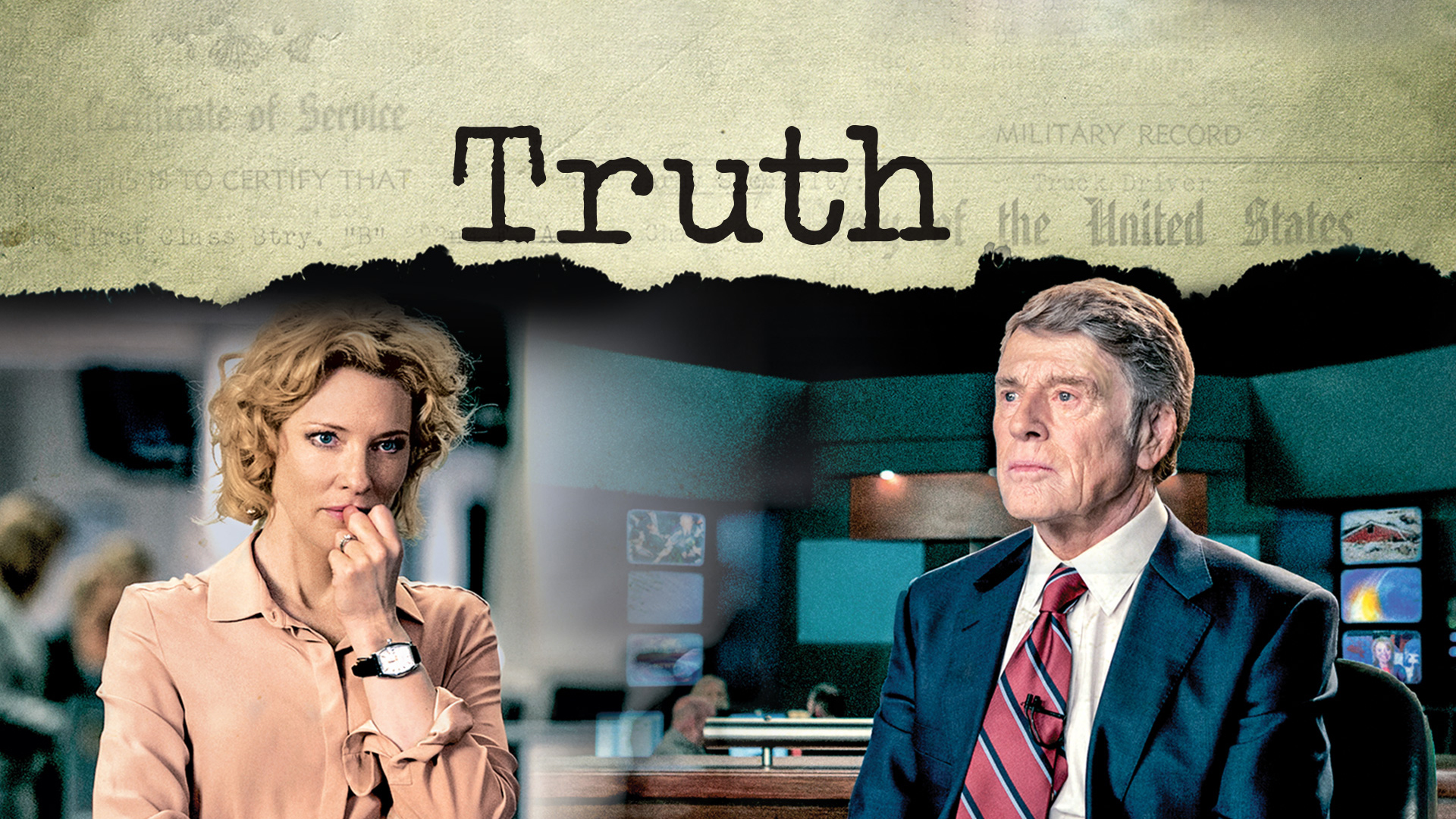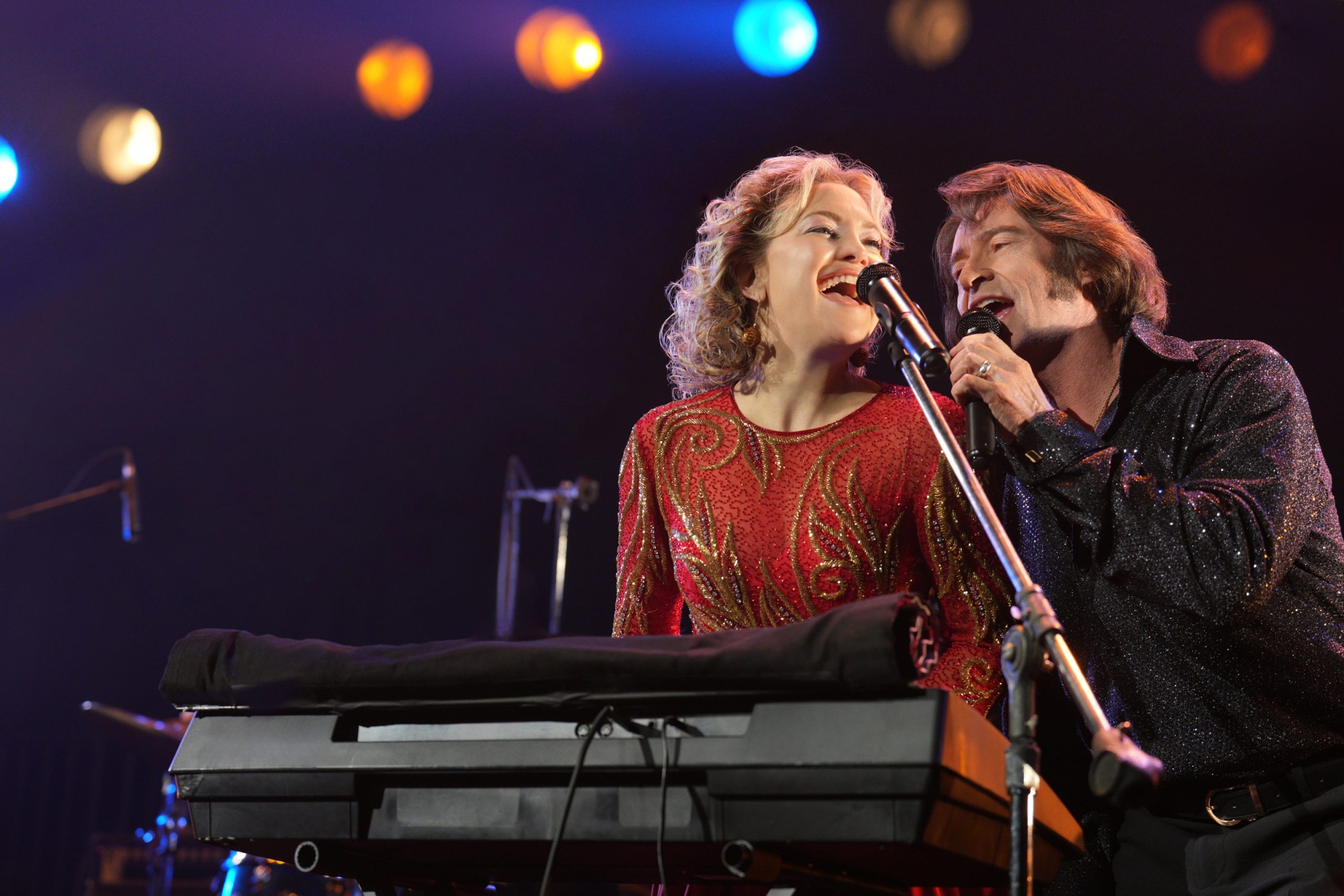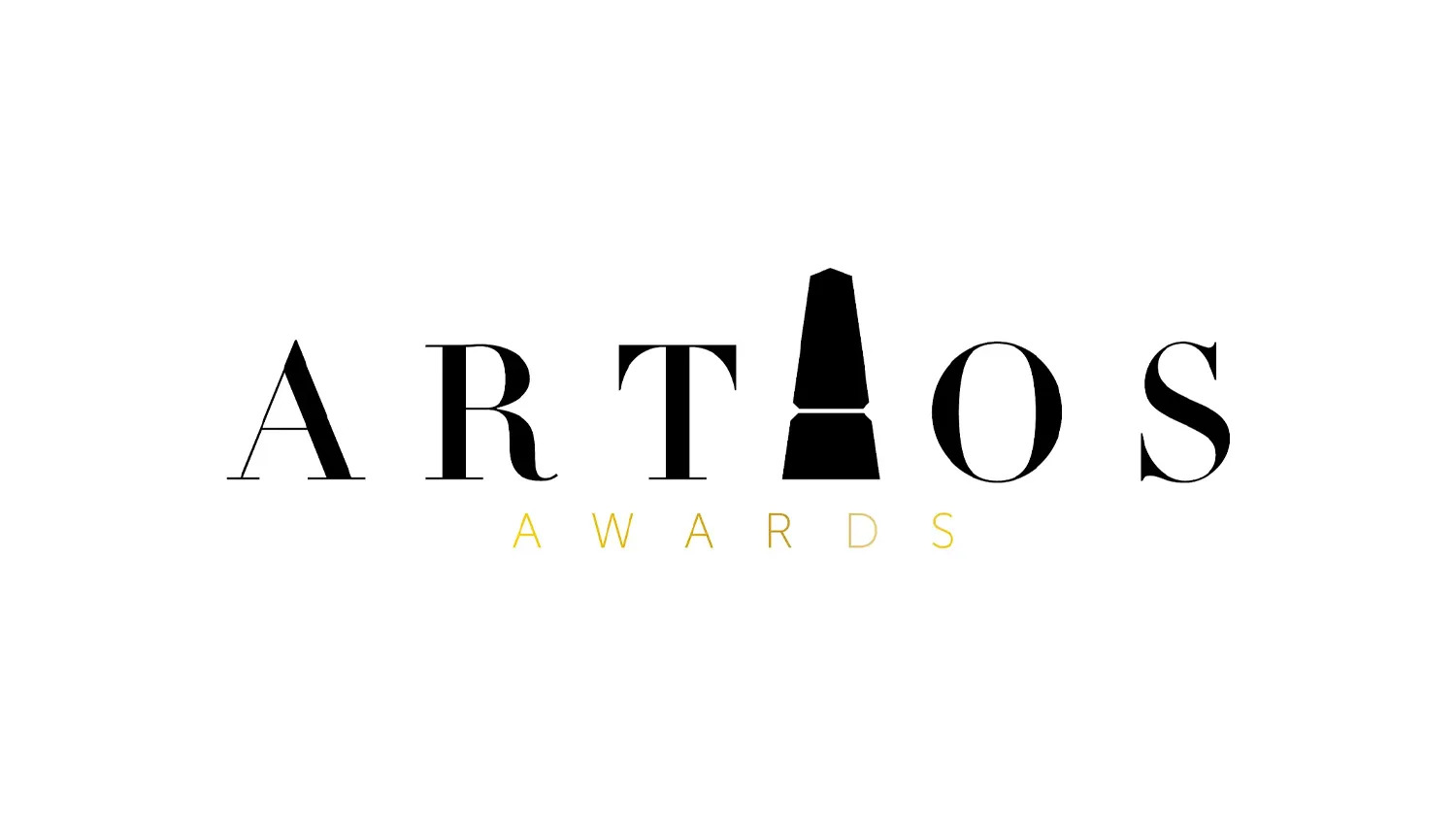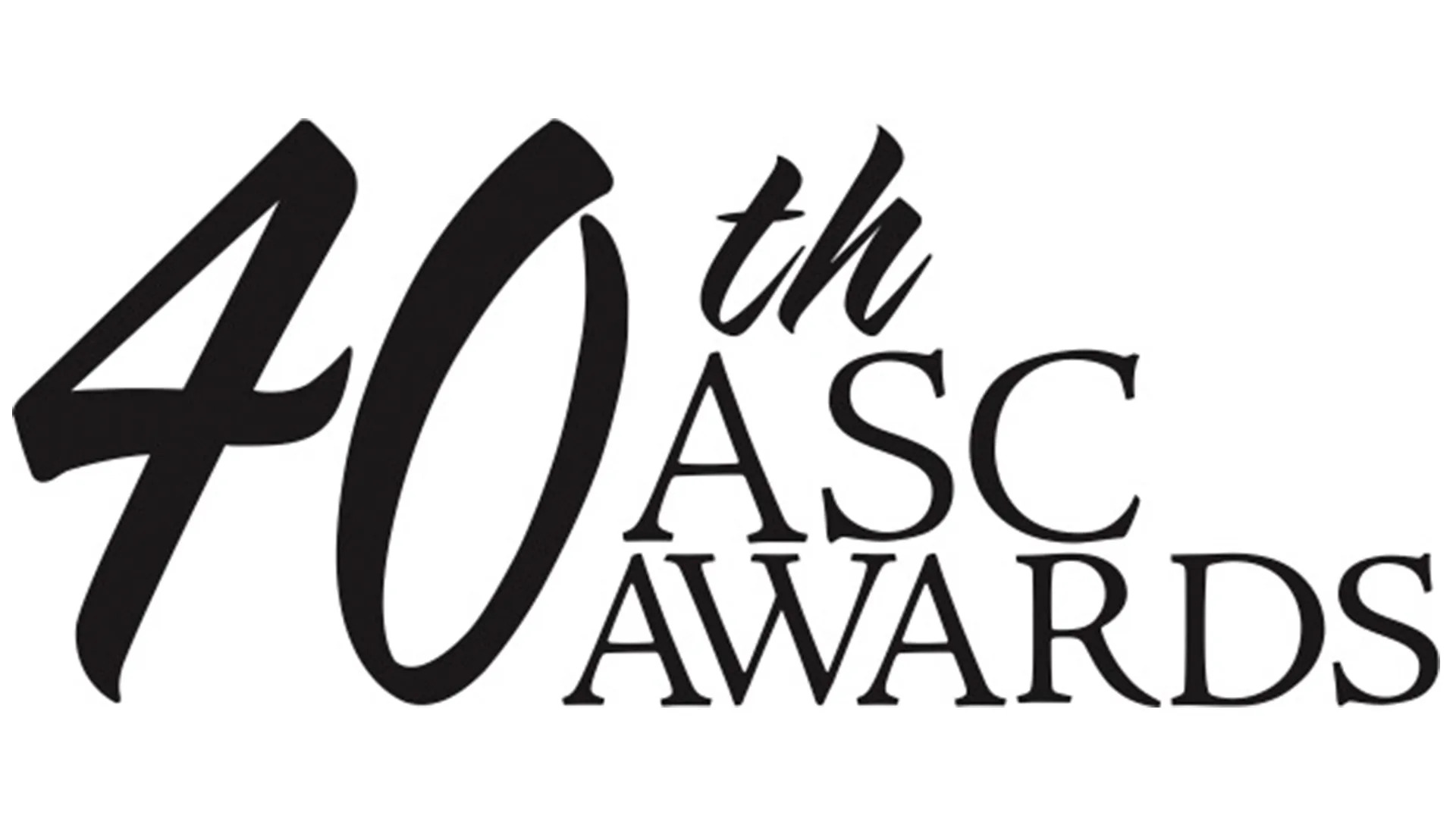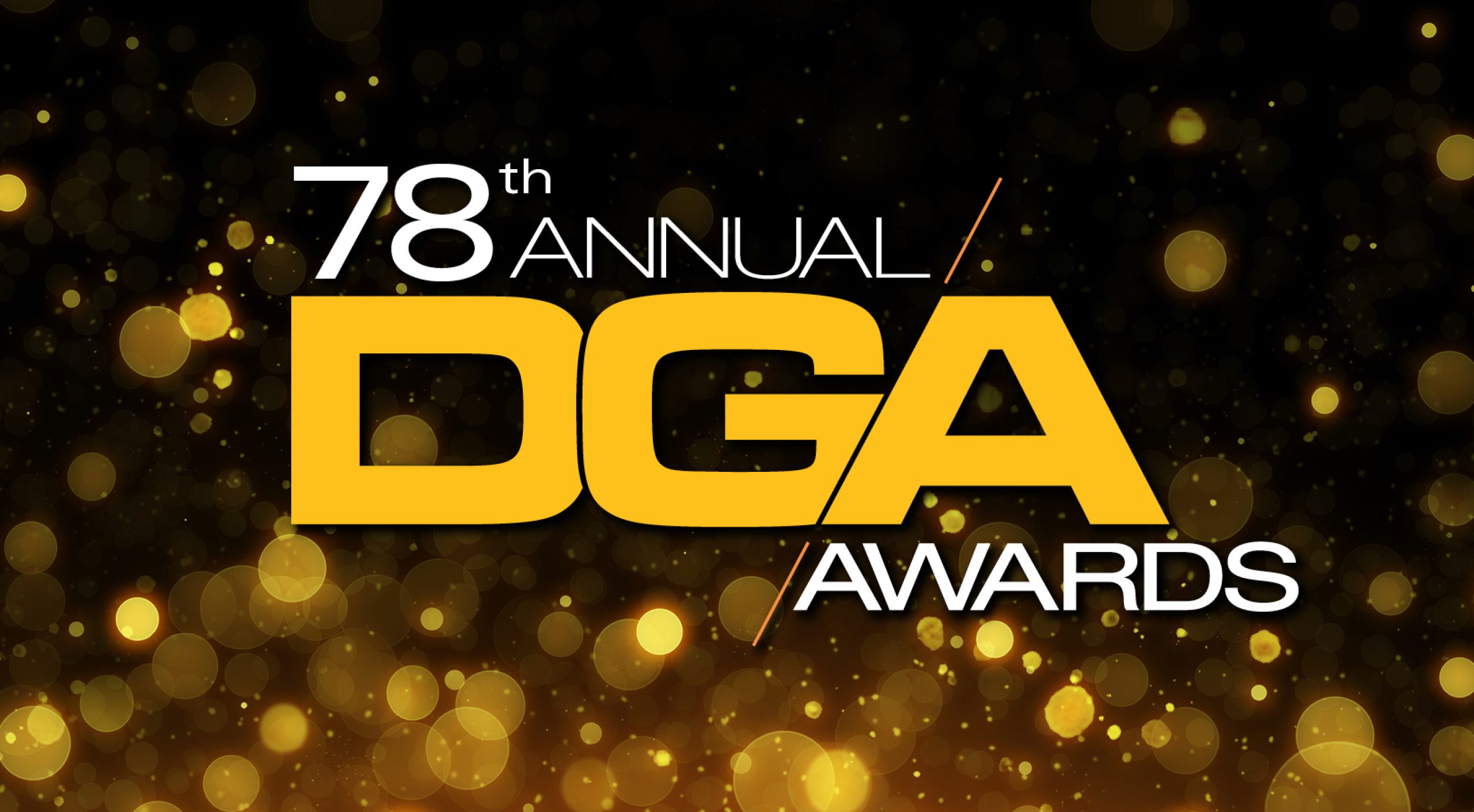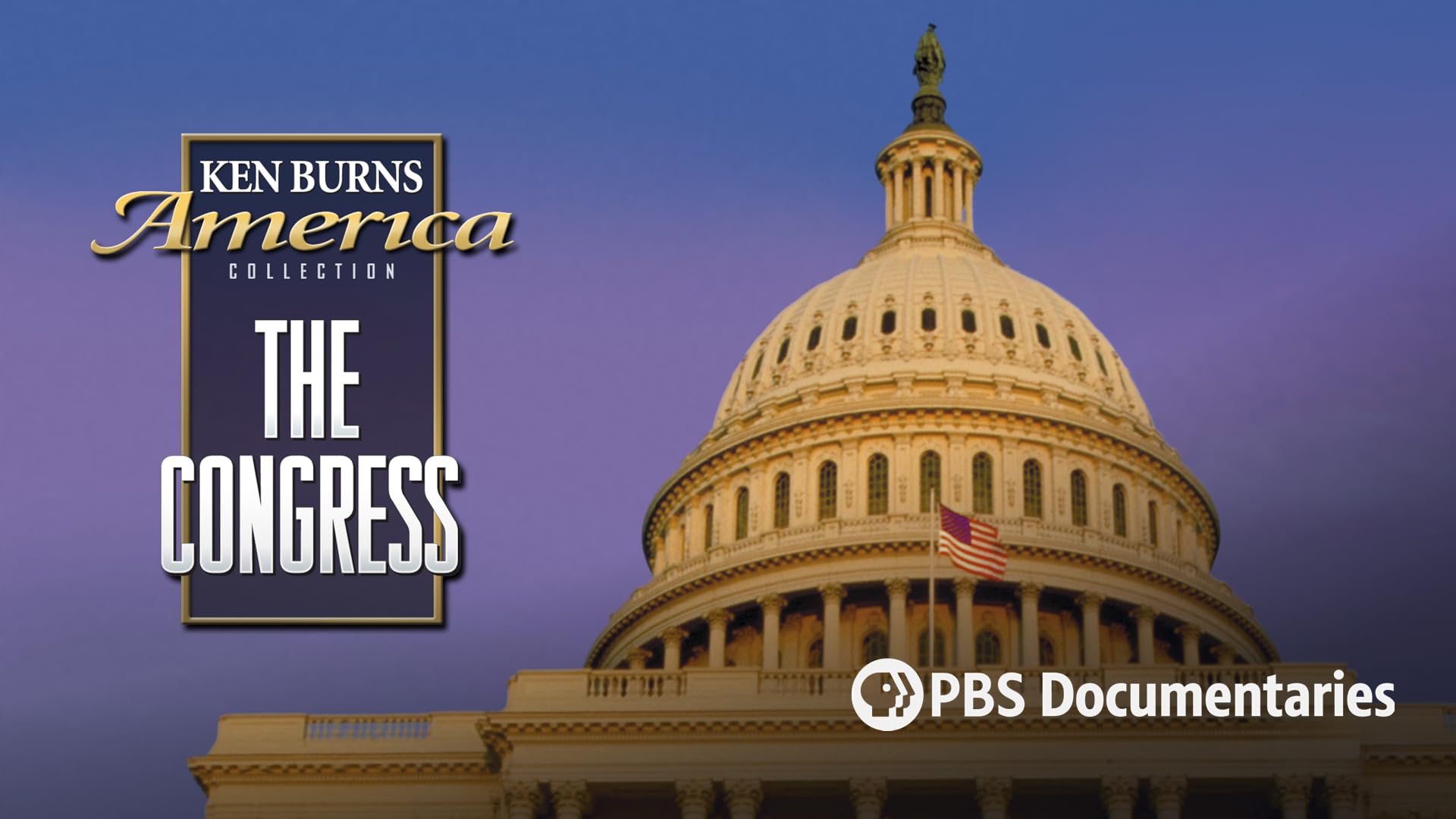
Ken Burns utilized photos, newsreels, and interviews to explore the first 200 years of America’s legislative branch in The Congress.
“The promise of Congress is that at the heart of the government will be people who are very much like ourselves, who are part of our local community, not separated from it and bring to the center of government, the sensibilities, the sensitivities and we hope, the common sense that you find in American communities across the land.” – David McCullough
If you’re a U.S. history and political buff like I am, you’re very familiar with what Congress does. At the time of its 1989 premiere, the legislative branch was an important but least understood of America’s institutions. Obviously, the executive branch gets a lot of attention and rightfully so because it’s the President of the United States. The federal judiciary is probably worthy of a documentary in its own right. But anyway, Congress itself dates back to the nation’s founding. The Continental Congress represented the people at the nation’s birth. Following the ratification of the U.S. Constitution, the Congress was officially founded on March 4, 1789. It is about the history of the building in as much as it is about the body itself.
Given all the history and Burns’s subsequent documentaries running longer, it’s surprising that Congress only gets 90 minutes. Not even taking into account the history since 1989, putting so much history into 90 minutes is a challenge. Of course, Burns rises up to the challenge with the film’s narration scripted by David McCullough and Bernard A. Weisberger. What do you keep in and what do you keep out? How much do you devote to the building itself and how much do you devote to the actual history that transpired in those rooms? Burns and company decide to tell the story of Congress by mirroring U.S. history.
In terms of basic history, key sections were completed by 1800 but then the British burned the U.S. Capitol building during the 1814 Burning of Washington. Restorations would take five years shortly thereafter. Further extensions to the building would take place in the 1850s. Both chambers would require more room as more states joined the nation. Finally, the dome would be completed in 1866.
There are some fascinating stories here involving a number of giants of the legislature, let alone important periods in American history such as the Civil War, women’s suffrage, and the Civil Rights movement. You cannot discuss the first half of the 1800s without mentioning the Great Triumvirate of Henry Clay, Daniel Webster, and John C. Calhoun. To say that they dominated the Second Party System (1828-1850) is not an understatement. Not only that but their efforts in passing the Compromise of 1850 held off the Civil War by a decade. Once we get into the 1900s, there are discussions about Jeanette Rankin, John F. Kennedy, Lyndon B. Johnson, Sam Rayburn, Everett Dirksen, etc. A number of historians, journalists, and others on the scene discuss some of the pivotal moments. Photographer George Tames shares recollections from when President Kennedy was lying in state.
Years before Kennedy lay in state, Sen. Henry Clay of Kentucky became the first to lay in state. Given his importance in American politics at the time, he’s worthy of being first. Obviously, there are former U.S. presidents that one would have expected to have lied there first. President Thomas Jefferson comes to mind. We can only imagine how things looked during the major debates of the 1800s. Newsreels did not exist until early in the 1900s. The archival footage comes in handy when it comes to pivotal moments of the 1900s.
Burns certainly utilizes the Ken Burns Effect in his direction of the film. For those not familiar, this is when filmmakers pan and zoom in non-consecutive images. In addition to many photos, newsreels, and other archival video, Burns also uses clips from Frank Capra’s classic Mr. Smith Goes to Washington and Otto Preminger’s Advise & Consent.
The Congress is worthy of a larger documentary film/series rather than having to cram 200 years of history into 90 minutes.
DIRECTOR: Ken Burns
SCREENWRITERS: David McCullough and Bernard A. Weisberger
NARRATOR: David McCullough
FEATURING: Charles McDowell, Cokie Roberts, George Tames, David Broder, James MacGregor Burns, Barbara Fields, Alistair Cooke, John C. Stennis
VOICE CAST: Julie Harris, Derek Jacobi, Paul Roebling, Arthur Miller, Garrison Keillor, Kurt Vonnegut, Douglas Turner Ward, Shelby Foote, Walt McPherson, Chris Murney, Wendy Tilghman, Jerome Dempsey, Ronnie Gilbert
PBS aired The Congress March 20, 1989. Grade: 3.5/5
Please subscribe to Dugout Dirt and Solzy on Buttondown.
